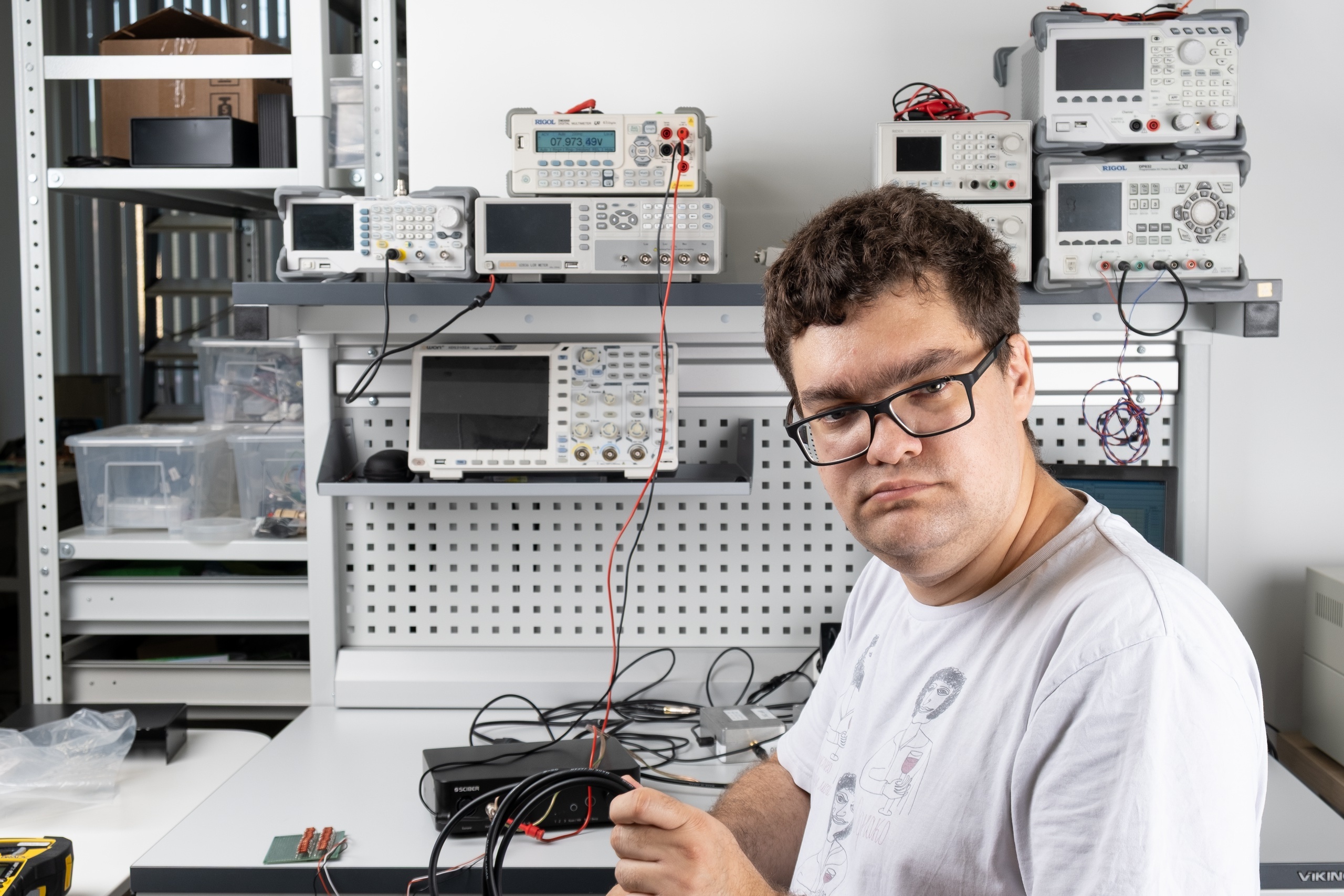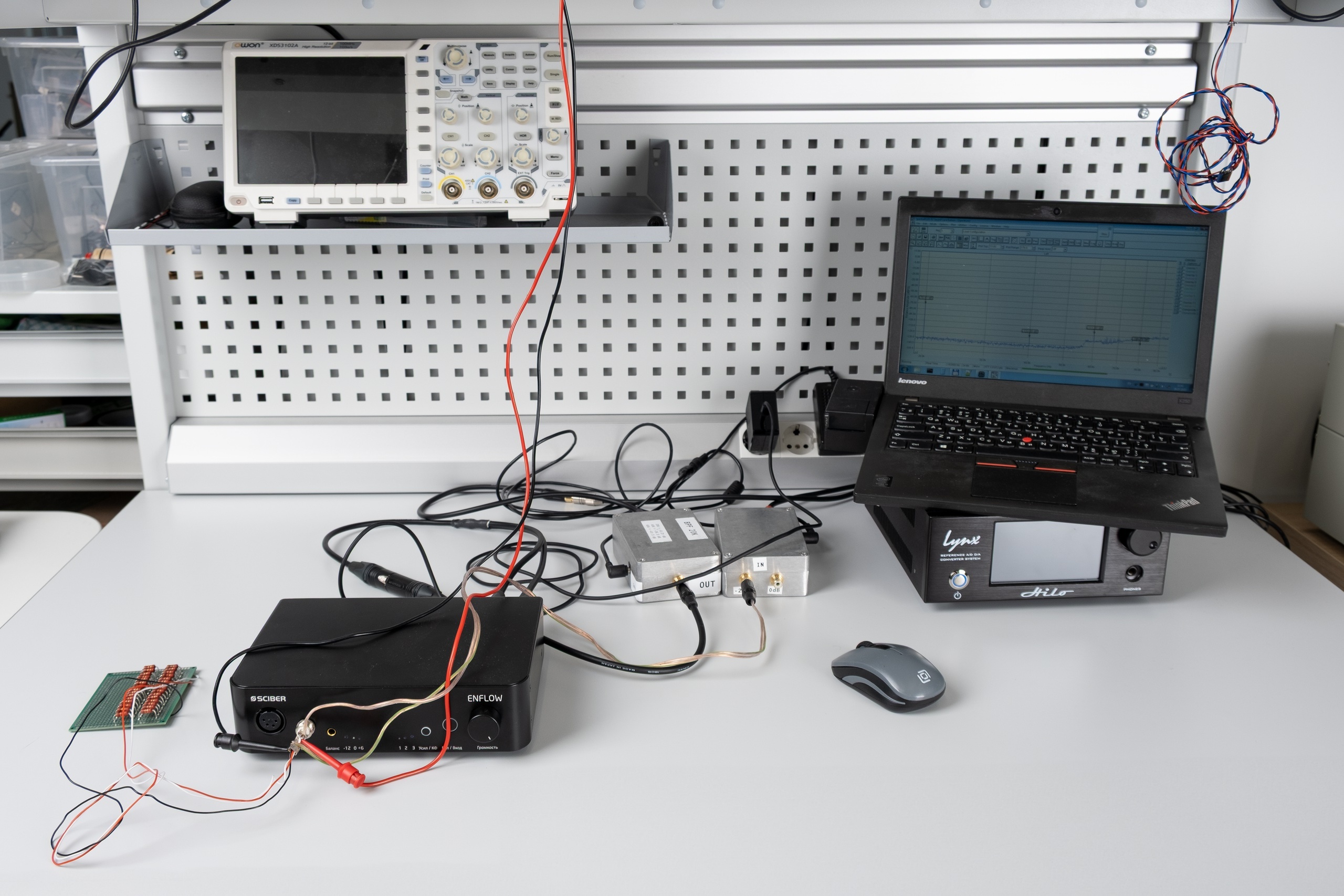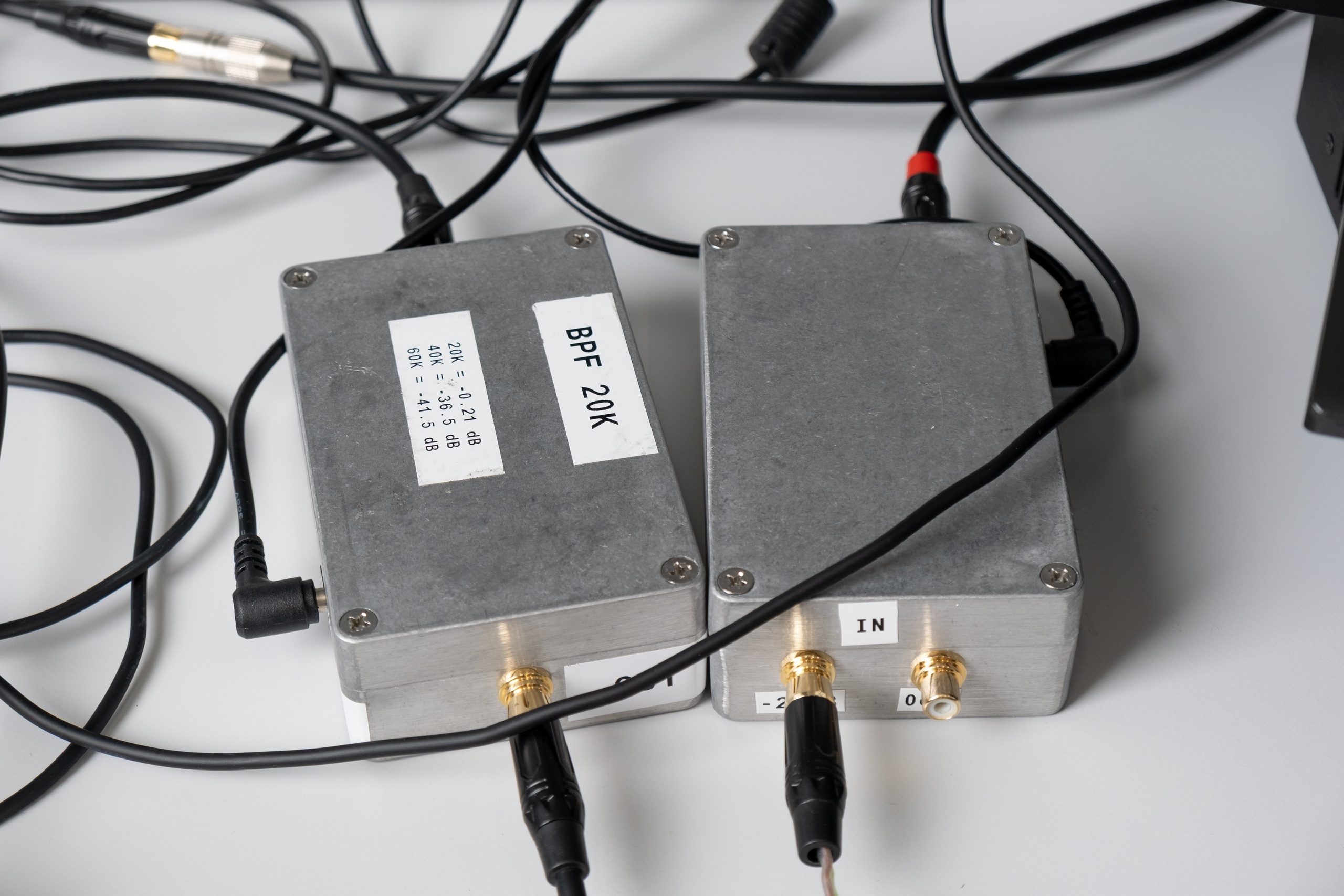Blog: Nonlinear distortions
Nonlinear distortions are the appearance of additional frequencies and harmonics in the sound that were not present in the original signal. Simply put, the amplifier or another device adds sounds that shouldn’t be there.

How are ultra-low distortions measured?
The main difficulty is that the measuring equipment itself — digital-to-analog and analog-to-digital converters (DAC and ADC) — also introduces distortions. To evaluate how “clean” the amplifier’s output really is, the influence of the DAC and ADC must be minimized. Here’s how this is done:
1. A reference test signal is generated — a pure 20 kHz tone produced by a DAC. Yes, this signal already includes some distortion introduced by the DAC.
2. The signal is then passed through a special band-pass filter, which removes most of the distortion and leaves only the main tone. This ensures that the amplifier receives a clean input signal.
3. The amplifier amplifies this purified signal, and at its output we get not only the amplified tone, but also new distortions that were introduced by the amplifier itself.
4. A second filter is now used — a notch (band-stop) filter. It does the opposite: removes the main tone and leaves only the distortions. In this way, the fundamental signal is “subtracted,” and we are left with only what the amplifier added.
5. This signal is then fed into the ADC and analyzed on a computer. Since the main tone has been removed, any distortion added by the ADC is minimal and has little effect on the result.
6.After measurement, corrections are applied to account for the characteristics of the filters used, to ensure accuracy.

What does this achieve?
This method allows us to measure the distortions of the amplifier even if they are hundreds of times smaller than the distortions of the measuring equipment itself.
The filters can be tuned to any frequency, but measurements at 20 kHz are particularly revealing. Why? Because most amplifiers tend to distort more at high frequencies — and this is where their true performance becomes evident.

Our result
In our laboratory, we have achieved a distortion measurement threshold of -155 dB at 20 kHz. This is one of the highest levels of precision available, making it possible to detect even the tiniest deviations — far beyond the capabilities of standard measurement techniques.